Why Do Roller Pigeons Roll?
Pigeons have befuddled the minds of scientists for years with their mysterious abilities. However, nothing has been more delightful for pigeon trainers than discovering tumbler and roller pigeons.
For years, trainers have bred and cross bred pigeons that tumble and roll most gloriously through the sky, making them perform in competitions for prizes, fame, and money. But a lot of people have stopped and wondered, why do roller pigeons roll in the first place?
A straightforward answer to this question is that this is symptom of an anomaly gene that causes seizures in pigeons. When this occurs mid-flight, they lose control of their body and instead do a back flip through the sky and often hurt themselves. Without proper training, this can be quite dangerous for these clever animals.
Read along with this article to find out much more!
Read Also:
Why Are Roller Pigeons Called “Rollers”?
Roller pigeons are those selective pigeons that have the ability to roll and tumble backward on the ground or up in the air while they are flying.
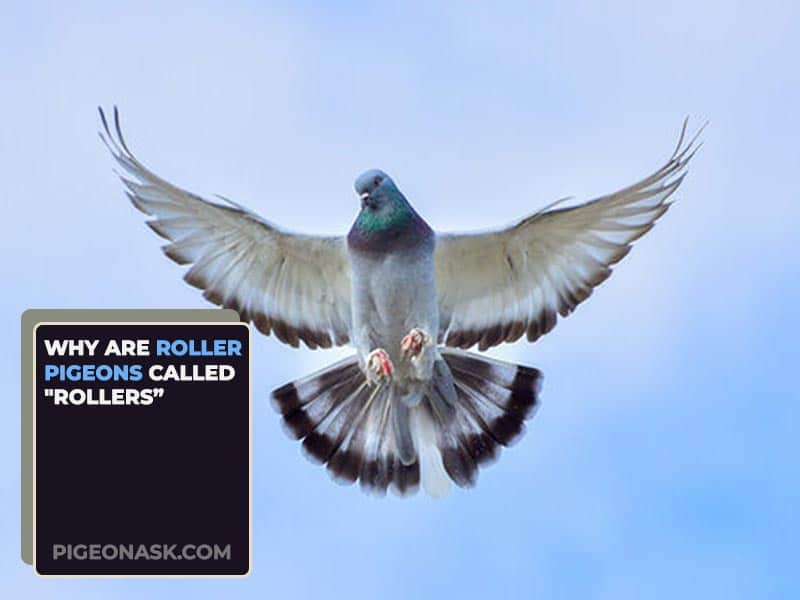
It is quite a magnificent sight, watching these pigeons fly gracefully up in the air and then basically doing a full somersault without missing a beat. Blink, and you might miss it!
The Various Types of Rolls Performed By Roller Pigeons:
They are often confused or interchanged with tumbler pigeons, but we assure you, they are not the same. Tumbler pigeons are usually prepared for one “Roll” in flight and then prepared to fall, basically tumbling once.
Whereas Roller pigeons, on the other hand, can do multiple “Rolls” in the sky and continue flying, even though it can be quite dizzying.

In fact, they are known to run into trees and or even the ground, as they can lose momentum and critically injure themselves.
There are four main types of roller pigeons, which are the Birmingham Roller, the Galatz Roller, the Oriental Roller, and the Parlor Roller.
We have covered an in-depth article on “Pigeon Behavior“; if interested, you can check this article here.
The History of Roller Pigeons and Their Rolling
While roller pigeons and tumbler pigeons are differentiated now, they were all actually bred from tumbler pigeons over decades and were trained to hone this ability.
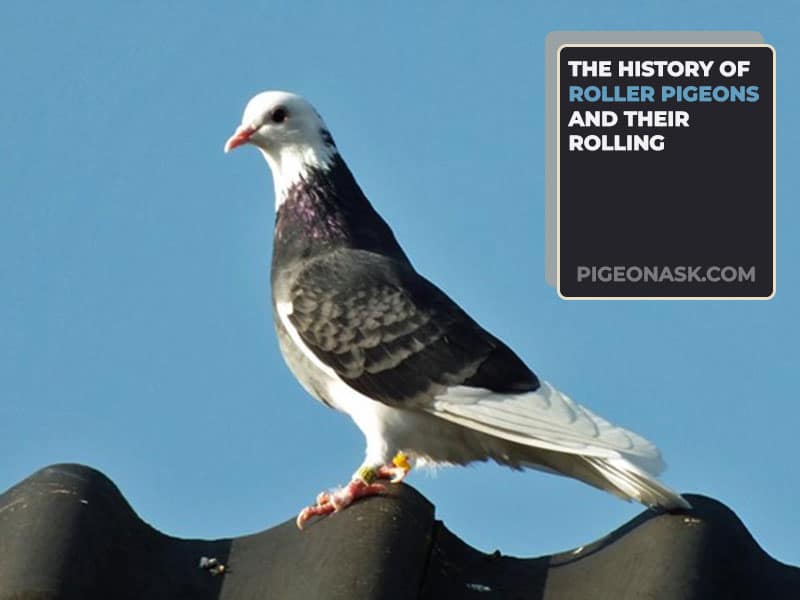
They were made to perform in front of expert (or just generally curious) audiences for the show and the best ones were awarded quite high prizes. The earliest records of tumbler pigeons were from 211 years ago, by Moore in 1735, which was then revised by Eton in 1858.
They were bred according to their quality of performance, and the tumbling pigeons had come quite close to what we call the roller pigeons today. This alone shows that rollers are the superior breed, at least by the standard of their performances, as rolling was what the breeder was trying to achieve.
Where Are Roller Pigeons Originally From?
While the “RO” gene, the gene responsible for these rolling pigeons’ rolling in the air, made its way to America in the 1870s, we know that the oldest breed, the Oriental roller, is a crossbreed of a tumbler pigeon from Persia and one from England.
Others have been believed to have come from Asia Minor, India, and other Middle Eastern countries near Persia. What we do know for sure is that these birds did not originate from Germany, France, Great Britain, or the USA.
How to Train Your Roller Pigeon to Roll
Something that might surprise you to know is that we do not actually know what technically makes the roller pigeons roll. It is believed by many that it is literally in the genes of these particular pigeons, which is why breeding the ability into normalcy was possible.
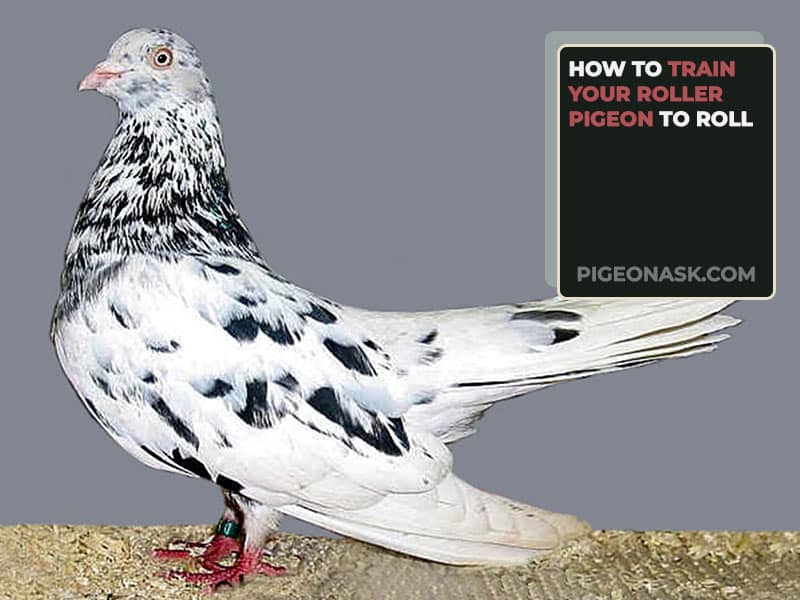
The rolling varies in degree, starting from tumbler pigeons to full, multiple somersaults in the air without stopping. Some pigeons, like the ‘Parlor Roller’ pigeons, do not even get off the ground and just roll while on land!
On the other end of the spectrum, the Galatz rollers can do a spectacular somersault in the air or even more than one if they want. They start to perform rolls from very early years, starting with slow pirouettes and eventually moving on to a full-blown flip backward.
However, if they do not have the “ro” gene in the first place, it will be impossible for you train your pigeon to roll, no matter how professional a trainer you get for them.
The Physics of Roller Pigeons Rolling
A lot of the physics behind this is dependent on how much the birds learn to lean on their tails and control the shape of their wings.
This lets them have some control over the wind as it blows past and use it to push themselves up and back and then upright while still being in the air.
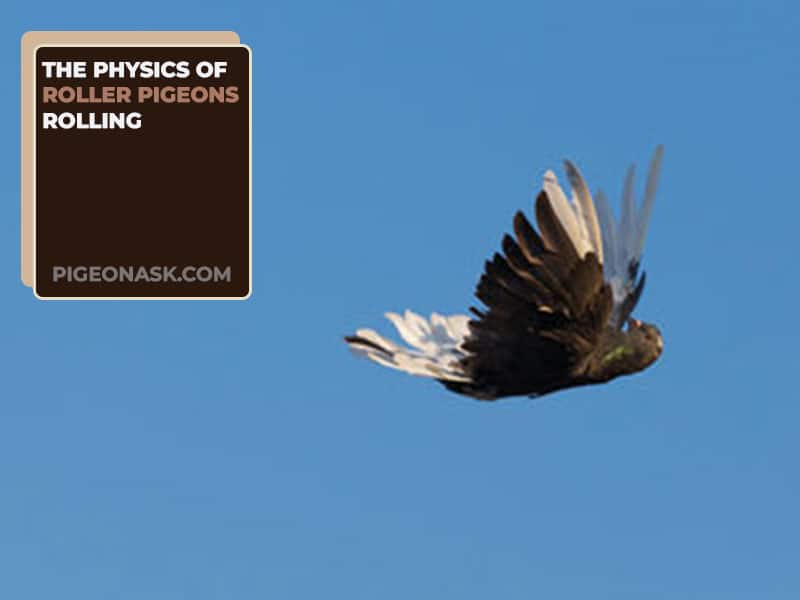
It is also important to note that this learning technique is not without its dangers, and quite a bit of the population of these birds dwindled since a lot of them do not even survive the training process.
There are quite a lot of pigeons that cannot roll or even tumble properly and are called “Bombers” and “Kamikaze”, funnily enough.
These birds have a low life expectancy simply because their method is too life-threatening for them to stay alive very long.
How Long Do Roller Pigeons Live?
Now, what is the life expectancy of roller pigeons that have managed to complete their training in rolling and tumbling mid-air?
They can live up to 15 years, with the help of humans protecting their falls and from their natural predators.
Compare this to the barely 3-5 years that unsuccessfully trained rolling pigeons to live, and you can see what a whooping difference it makes.
Do Roller Pigeons Have seizures?
Honestly, the fact that roller pigeons have been interbred for hundreds of years by Man shows just how forced this ability is.
Since this would mean that they only do this for the shows and performances. It also indicates that the ability is a genetic anomaly, like ticks or seizures for the birds in mid-air.
They lose so many young ones to this natural inclination as they are trained to become better.
It is quite clear that given that people had no hand in their breeding and natural selection was allowed to occur, this particular gene would have died out ages ago.
How to Make a Roller Pigeon Roll?
As we have mentioned before, we do not strictly know what makes these particular pigeons roll and tumble.
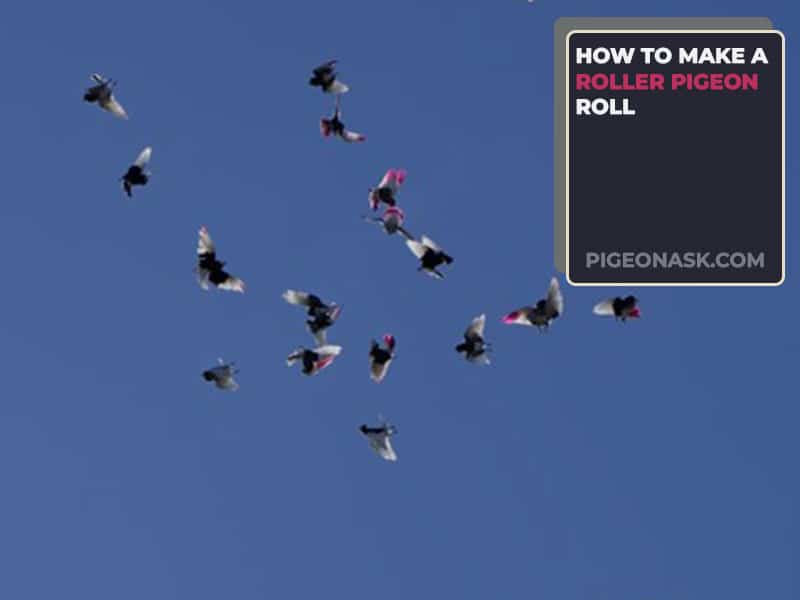
Outside of genetics, there is no reason to believe that this ability makes them any better than other pigeons or that it is even a product of adaptation to changing environments.
So, to answer the question, how to make roller pigeons roll?
We can confidently say that you do not have to make them. They will be inclined to do so by themselves, but without proper training, they might not live long enough to show you a full somersault.
The Benefits of Roller Pigeons Rolling:
While it is clear from the last few paragraphs that the ability to roll does not, in fact, provide any benefits for the pigeons per se.
Instead, it is a unique quality to have in a bird bred for competition, and the more spectacularly they can roll, the better the owners will treat them.
What Do Roller Pigeons Eat?
Believe it or not, the roller pigeons’ diet plays a huge part in their abilities and training. Rolling and training to roll requires an immense physical and mental exertion, meaning that they need to be fed a balanced diet, with the proper amount of nutrition.
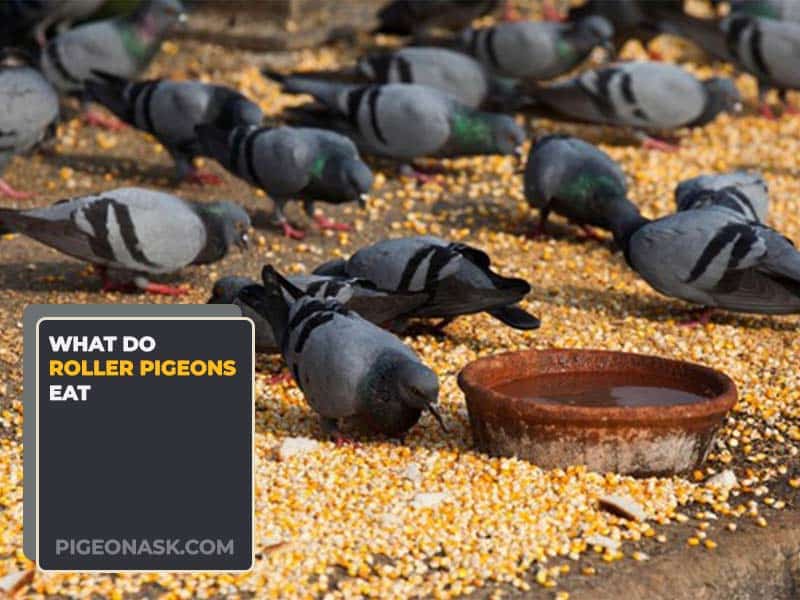
Roller pigeons should be given red hard spring or winter wheat, as well as red or white milo grain. You should avoid feeding them soft white wheat as they do not have the necessary amount of protein needed. On top of that, pigeons actually do not even like it much.
You could also give them Austrian Winter Pea, Trapper Pea, or any other pea before a competition to keep them in perfect form.
Grains like millet, canary seed, vetch, flax, and safflower are also known to be sometimes added to a flat kit to soup them up.
Conclusion
And with that, we finish off today’s article on why do Roller Pigeons roll. It is quite an interesting phenomenon, albeit a little tragic, on how cruel it is on the birds.
However, no one can deny how absolutely magnificent these pigeons look in the air when they flip backward with multiple somersaults and regain their position.
We sincerely hope you enjoyed this article, and do not forget to share it on your socials. You can connect with us on Facebook, Twitter, and Pinterest for more articles like this!
Image Credit:
- Photo from canva.com/photos
- Photo from Sydney Performing Roller Club
- Photo from Adobe Stock
- Photo from Wikipedia
- Photo by Johan Breunis
Reference:
- https://www.ufaw.org.uk/birds/pigeons-rolling-and-tumblinghttps://www.physicsforums.com/threads/hannibal-lecter-and-roller-pigeons.614575/
- https://en.wikipedia.org/wiki/Galatz_Roller
- https://www.pigeonrescue.org/2015/07/14/violets-journey-or-whats-wrong-with-roller-pigeons/
- https://www.mentalfloss.com/article/16547/roller-pigeons
